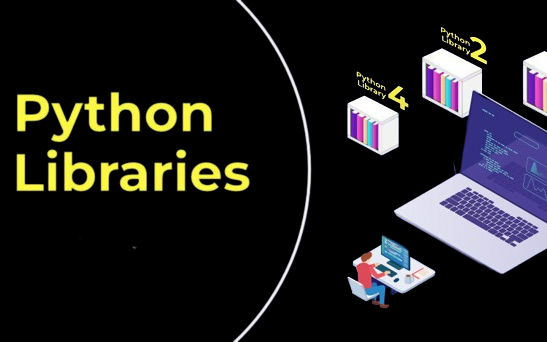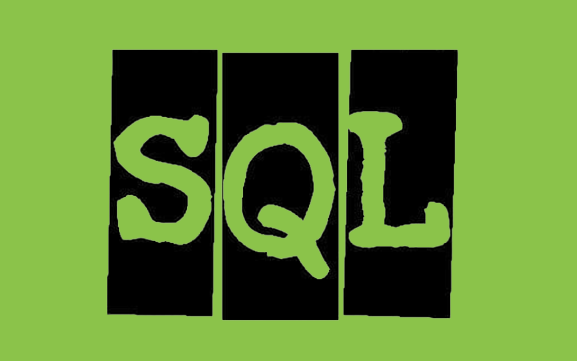
Python offers a rich ecosystem of libraries and tools for data science. These libraries provide a wide range of functionalities for data manipulation, analysis, visualization, and machine learning. Here are some of the most popular Python data science libraries. Keep in mind that the landscape of data science libraries is constantly evolving, so new developments or libraries may have started since then.
1. NumPy: NumPy is the foundational package for scientific computing with Python. Large, multidimensional arrays and matrices are supported, and a number of mathematical operations can be performed on these arrays are also provided.
2. Pandas: The robust data analysis and manipulation library Pandas. It introduces two essential data structures, DataFrames and Series, which make it easier to work with structured data.
3. matplotlib: Matplotlib is a flexible Python toolkit for making static, animated, and interactive visualisations. It is especially useful for creating charts, plots, and graphs.
4. Seaborn: On top of matplotlib, Seaborn offers a high-level interface for producing useful and appealing statistical visuals. It simplifies the process of visualizing complex datasets.
5. SciPy: SciPy builds on NumPy and provides additional scientific and technical computing functions, including optimization, integration, interpolation, and more.
6. Scikit-learn: Scikit-learn is a powerful library for machine learning and statistical modeling. It includes a wide range of algorithms for classification, regression, clustering, dimensionality reduction, and model evaluation.
7. StatModel: StatModel is a library for estimating and interpreting statistical models. It is commonly used to perform statistical tests and perform regression analysis.
8. TensorFlow: TensorFlow, an open-source machine learning framework, was developed by Google. It is particularly popular for deep learning and neural network-based tasks.
9. PyTorch: PyTorch is another deep learning framework that has gained popularity for its dynamic computation graphs and ease of use. It is widely used in the research and development of neural networks.
10. Keras: Keras is a high-level neural network API that runs on top of TensorFlow, Theano, or Microsoft Cognitive Toolkit (CNTK). This simplifies the process of building and training deep learning models.
11. NLTK (Natural Language Toolkit): NLTK is a library for natural language processing (NLP) and text analysis. It provides tools and resources for tasks such as tokenization, stemming, and sentiment analysis.
12. GenSim: GenSim is a document similarity and topic modelling package. It is commonly used to work with text data to discover patterns and relationships.
13. Dask: Dask is a library for parallel and distributed computing in Python. It is particularly useful for enhancing data science workflows to handle large datasets and complex computations.
14. XGBoost: XGBoost is an efficient and scalable implementation of gradient boosting machines, a popular technique for supervised learning tasks.
15. LightGBM: LightGBM is another gradient boosting framework known for its speed and efficiency, making it suitable for large datasets.
16. Pandas Profiling: Pandas Profiling is a library that produces a detailed profile report of a Pandas DataFrame, providing valuable insights into the data.
17. Plotly: Plotly is a library for creating interactive and web-based visualizations, including interactive charts and dashboards.
18. Bokeh: Bokeh is another library for creating interactive and web-ready visualizations with a focus on interactivity and aesthetics.
19. Altair: A declarative statistical visualisation library for Python is called Altair. It is known for its concise and intuitive syntax.
20. H2O.ai: An open-source platform for AI and machine learning is offered by H2O.ai. It includes tools for AutoML, Deep Learning, and other machine learning tasks.
Remember that the choice of libraries may depend on your specific data science project and requirements. Additionally, new libraries and updates to existing libraries are constantly being developed, so it is a good practice to stay updated with the latest developments in the Python data science ecosystem.


